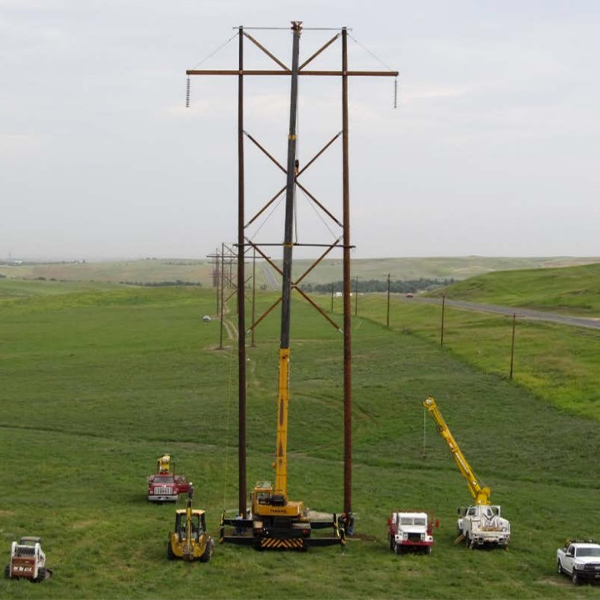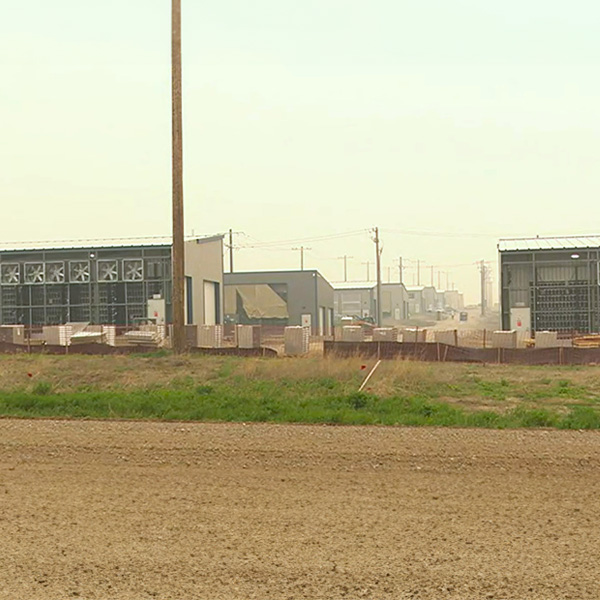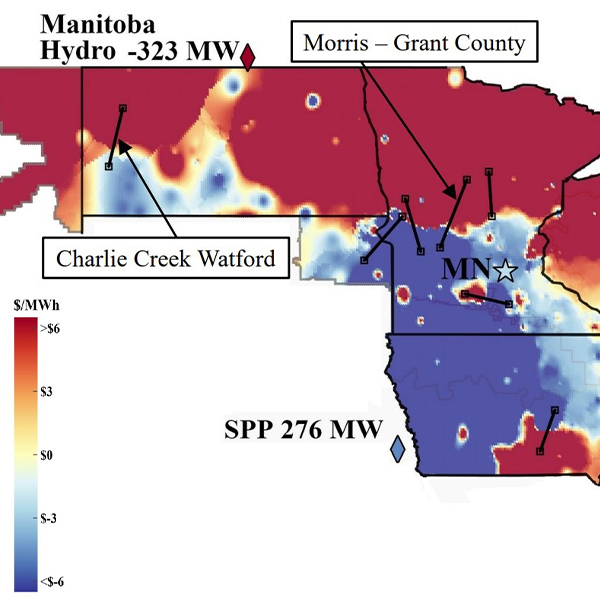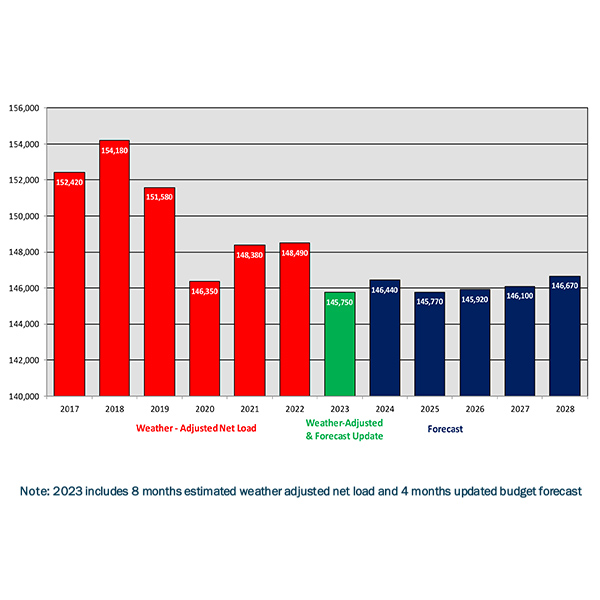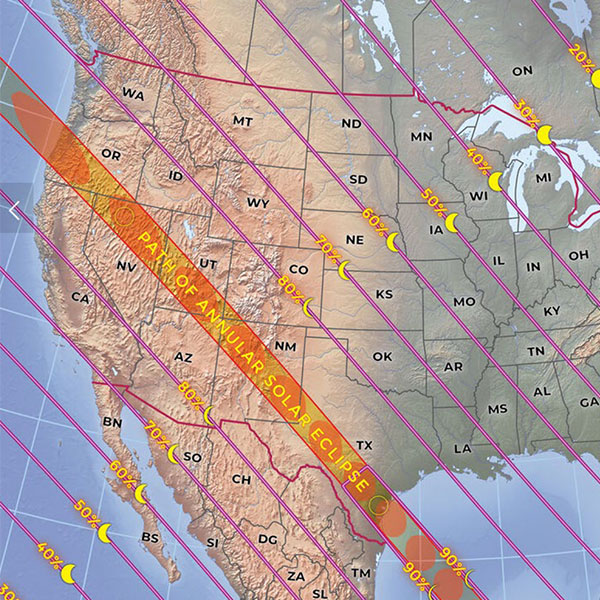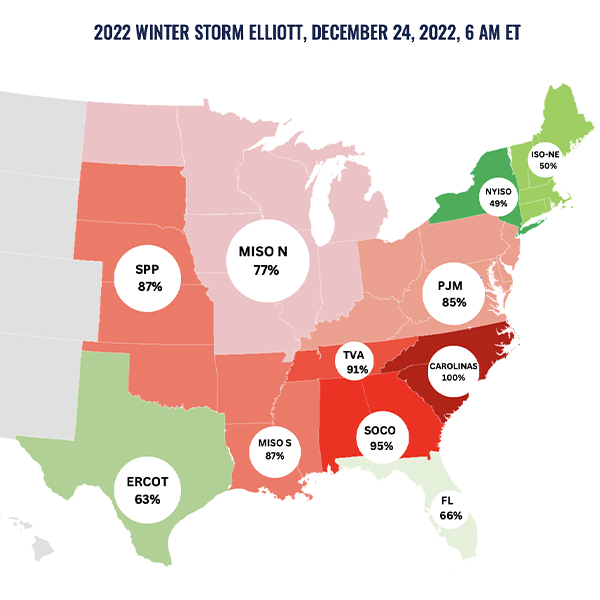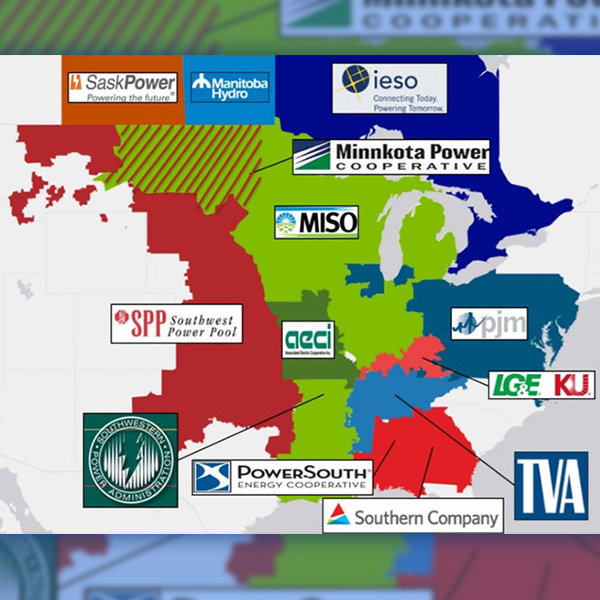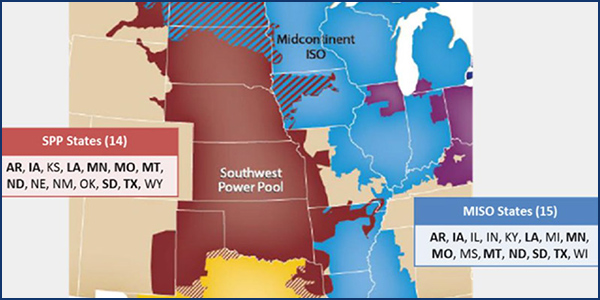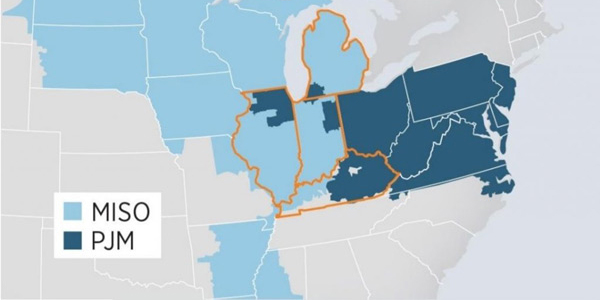joint operating agreement (JOA)
MISO has registered a separate complaint with FERC to retract market-to-market coordination with SPP on a contentious flowgate persistently taxed by a North Dakota cryptocurrency mining operation.
SPP, MISO and its Independent Market Monitor are at odds over how congestion should be managed on a market-to-market flowgate taxed by a cryptocurrency mining operation within SPP’s borders.
Montana-Dakota Utilities filed a complaint against MISO and SPP over a market-to-market flowgate chronically congested by a new cryptocurrency mining operation in SPP.
NYISO’s budget would increase 2.5% next year but the rate schedule charge will increase 5.6% because of a forecasted drop in throughput.
NYISO secured Business Issues Committee approval of the ISO’s proposal to create separate capacity demand curves for summer and winter beginning with the 2025/2026 capability year.
Parties filing comments with FERC on expanding interregional transfer capability mostly supported the concept, though opinions were split on how to get there.
FERC reversed course and said MISO, SPP and PJM don’t have to rely on eachother’s dispatch assumptions to carry out an affected-system study.
MISO and SPP announced a yearlong transmission study to identify projects with “comprehensive, cost-effective and efficient upgrades.”
FERC ordered a technical conference to investigate overlapping congestion charges imposed on pseudo-tie transactions between MISO and SPP.
FERC approved PJM-MISO JOA revisions regarding coordinated system plans and approved tighter site control requirements in MISO's interconnection procedures.
Want more? Advanced Search
